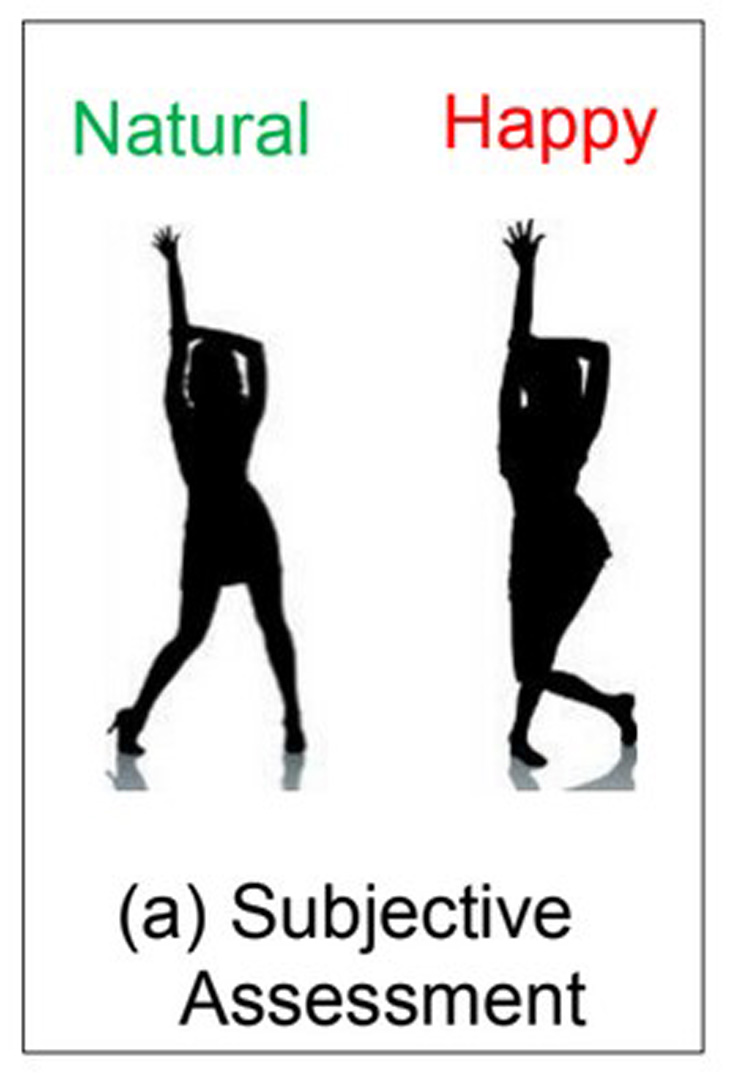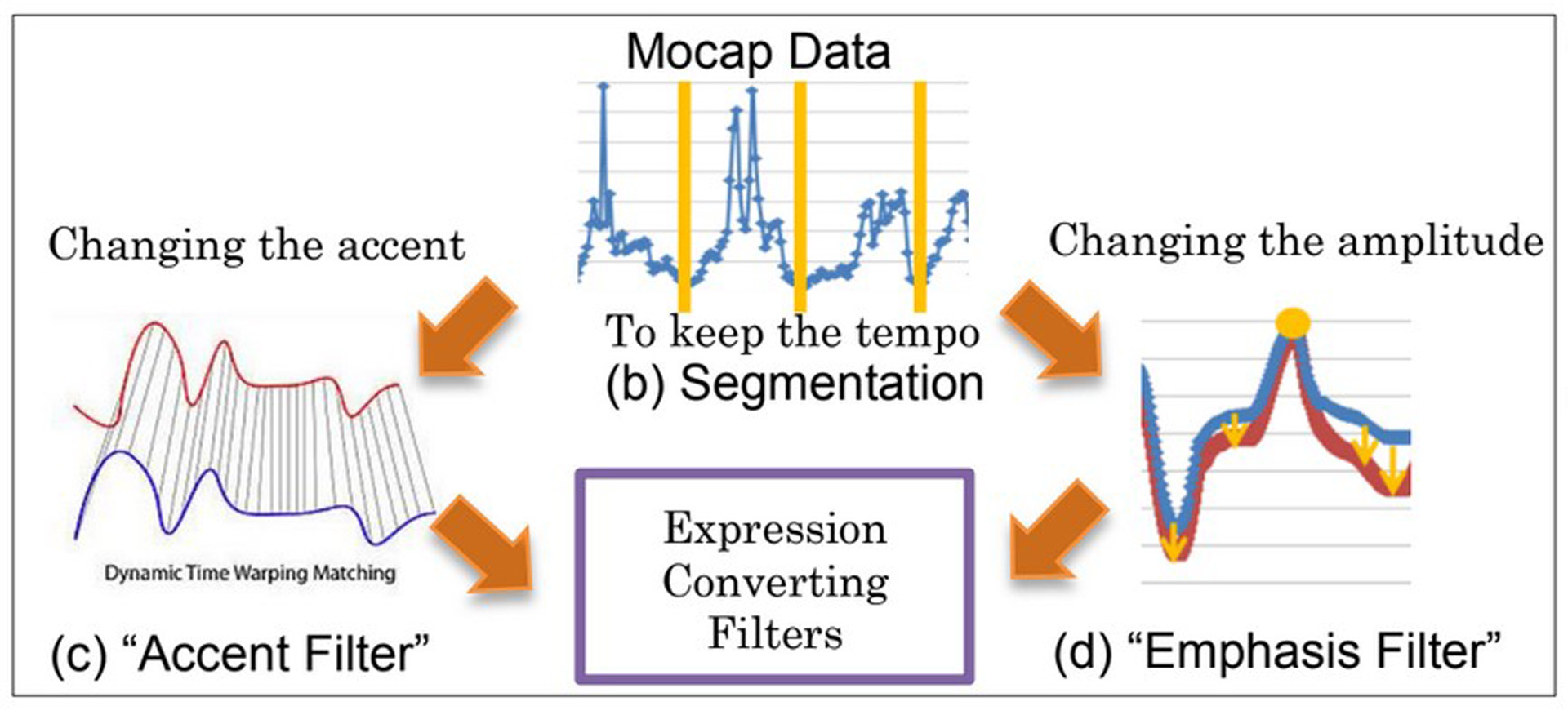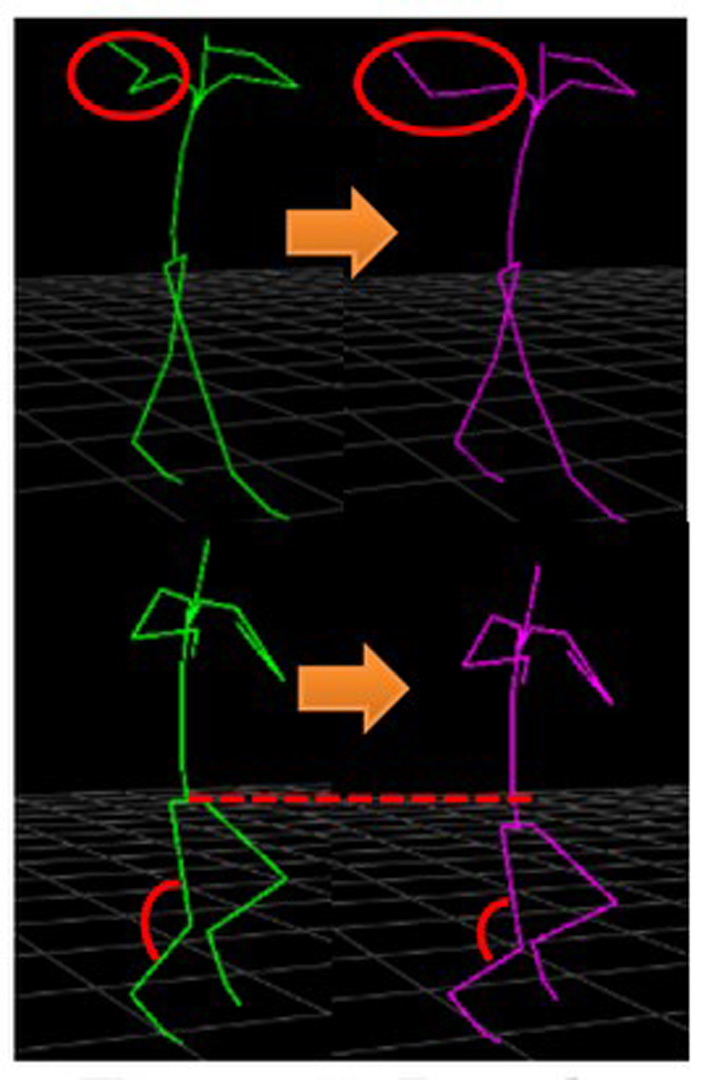“Expressive Dance Motion Generation” by Okada, Okami, Fukusato, Iwamoto and Morishima
Conference:
Type(s):
Entry Number: 42
Title:
- Expressive Dance Motion Generation
Presenter(s)/Author(s):
Abstract:
The power of expression such as accent in motion and movement of arms is an indispensable factor in dance performance because there is a large difference in appearance between natural dance and expressive motions. Needless to say, expressive dance motion makes a great impression on viewers. However, creating such a dance motion is challenging because most of the creators have little knowledge about dance performance. Therefore, there is a demand for a system that generates expressive dance motion with ease. Tsuruta et al. [2010] generated expressive dance motion by changing only the speed of input motion or altering joint angles. However, the power of expression was not evaluated with certainty, and the generated motion did not synchronize with music. Therefore, the generated motion did not always satisfy the viewers.
References:
1. Tsuruta, S. et al, 2010. Generation of Emotional Dance Motion for Virtual Dance Collaboration System. Digital Humanities, pp.368–371.
2. Shiratori, T. et al, 2006.Dancing-to-Music Character Animation. Eurographics (Computer Graphics Forum), Vol. 25, No.3, pp. 449–458.






